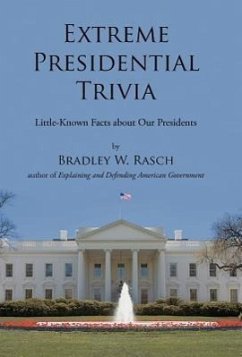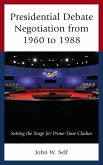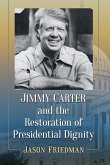When Bill Clinton, flanked by Presidents Bush past and present, stood in the rain in Little Rock to open his presidential library, the moment seemed to transcend the partisan fray. The imposing structure itself was carefully crafted to play up Clinton's accomplishments and legacy, while downplaying the impeachment affair that shadowed his second term. That focus--on the higher purposes, meanings, and accomplishments of a particular presidency--also deeply reflected the spirit of most other presidential libraries and memorials. Expanding on this essential theme, Benjamin Hufbauer explores the visual and material cultures of presidential commemoration--memorials and monuments, libraries and archives--and the problematic ways in which presidents themselves have largely taken over their own commemoration. Describing how presidential commemoration has evolved over the past century, Hufbauer reviews the making and meaning of the Lincoln Memorial, the development of Franklin Roosevelt's archives into the first federal presidential library and museum, and the imperial implications of LBJ's truly monumental library in Austin. He contrasts the recent $20 million reinvention of the Truman Library, designed to boldly tackle controversial issues related to racism, McCarthyism, and nuclear anxiety, with the Nixon Library's and Reagan Library's efforts to minimize fallout from the Watergate and Iran-Contra scandals. He also provides the first detailed study of the meaning and influence of the Smithsonian's popular First Ladies exhibit. Hufbauer sees these various commemorative sites as playing a key role in the construction of our collective political and cultural self-images and as another sign of our preoccupation with celebrity culture. Ultimately, he contends, these presidential temples reflect not only our civil religion but also the extraordinary expansion of executive authority--and presidential self-commemoration--since FDR. While presidential libraries and memorials have also become media-driven attractions that often contribute significantly to the economies of their home cities, Hufbauer shows that their primary function remains the transformation of presidential history into presidential myth for the general public.








